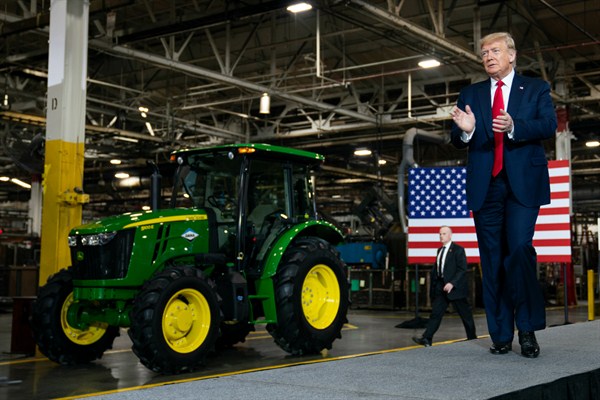In a month spent celebrating supposed trade triumphs, the White House quietly conceded that some of President Donald Trump’s tariffs, on imports of steel and aluminum, were in fact failing to achieve their stated aim of boosting American production. But instead of rolling the tariffs back, Trump issued new ones.
Late on a recent Friday night, a time when all presidents try to bury bad news, the White House released a proclamation in which Trump ordered new tariffs on nails, wire, car bumpers and certain other metal-based products because increased imports of those “derivative” products were “undermin[ing] the purpose” of the initial tariffs on steel and aluminum, which were imposed in the name of national security. These new tariffs likely won’t be the last. Expect another round of them after increased imports of downstream goods that already incorporate nails, metal tacks and wire cables again undermine the goal of helping American industry. It is also likely to be the beginning of another lengthy legal battle, since it is not clear that the president still has the authority to increase tariffs in this way.
This all began in March 2018, when Trump imposed import duties of 10 percent on aluminum and 25 percent on steel, justifying them under Section 232 of the Trade Expansion Act of 1962, which the White House says gives the president broad authority to impose tariffs to protect American industry on national security grounds. He also imposed quantitative restrictions on imports from Argentina, Brazil and South Korea, while exempting Australia for reasons that still remain somewhat obscure. Though the nominal rationale for the trade restrictions is that steel and aluminum are essential for the country’s national security, the White House applied them indiscriminately to close allies and neighbors, as well as potential rivals.

